Sacred Places: 5 Ancient Sites That Changed World Religions Forever
Experience the profound spiritual journey through history's most sacred places. From the Cave of Hira to Mount Kailash, discover how these sites shape human culture & foster spiritual connections. Learn their enduring significance today.

Sacred Ceremonies: 5 Religious Rituals That Mark Life's Major Transitions
Discover sacred ceremonies marking life's major transitions across religions. Learn how birth, coming-of-age, marriage, and death rituals unite communities and provide meaning. Explore timeless traditions that shape human experience.

Sacred Death Rituals: 5 Ancient Traditions That Honor Life's Final Journey
Explore 5 sacred death rituals across world religions. From Egyptian mummification to Buddhist transitions, discover how different cultures honor mortality and the afterlife. Learn what shapes our views of death.
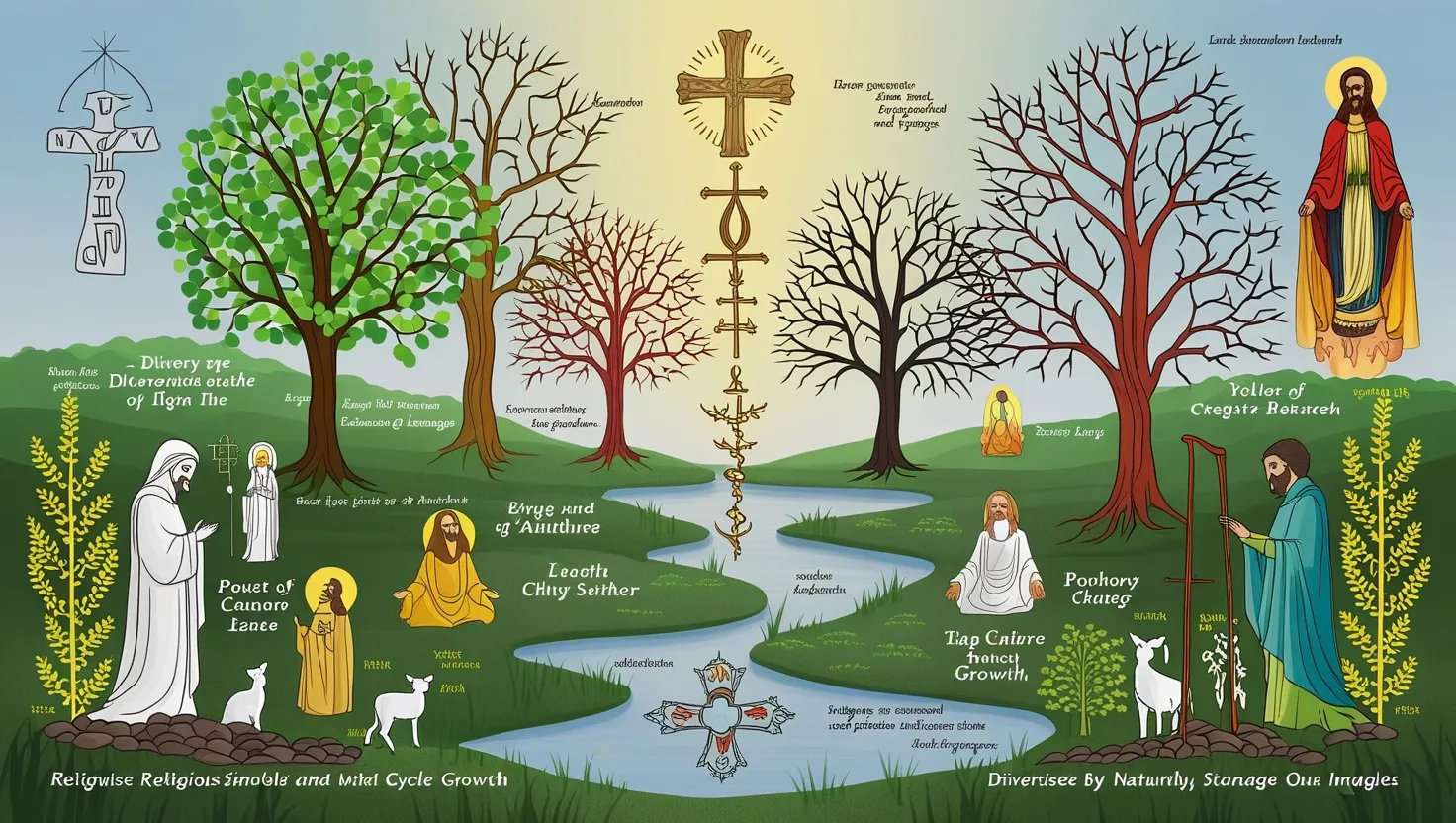
Nature's Sacred Rhythms: How Religious Festivals Connect Us to Earth
Explore the connection between religious festivals and nature. Discover how these celebrations foster environmental awareness and gratitude. Learn to honor spiritual traditions while cultivating respect for our planet.

5 Spiritual Practices for Mental Health: Ancient Wisdom, Modern Benefits
Discover how spiritual practices from diverse traditions can enhance mental health. Learn practical tools for stress management and inner peace. Improve your well-being today.

Forgiveness Across Faiths: A Transformative Journey Through World Religions
Explore forgiveness across world religions. Discover universal teachings on healing, reconciliation, and personal growth. Learn how to practice forgiveness in your life. #Forgiveness #SpiritualGrowth
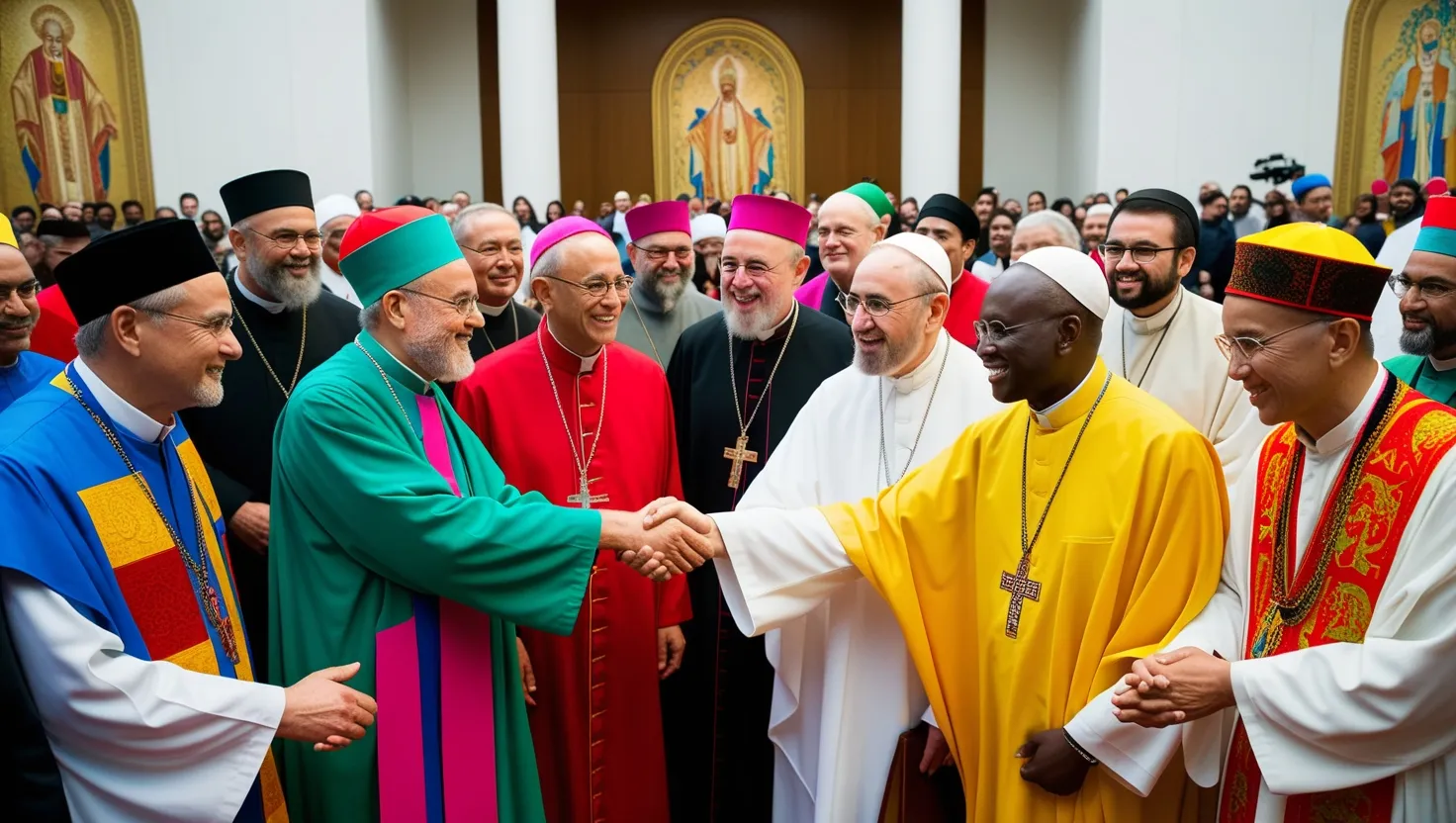
Interfaith Initiatives: Bridging Divides and Fostering Global Peace
Discover how interfaith initiatives foster global peace through dialogue and mutual respect. Learn about impactful programs promoting understanding across religions. Join the movement for a more compassionate world.
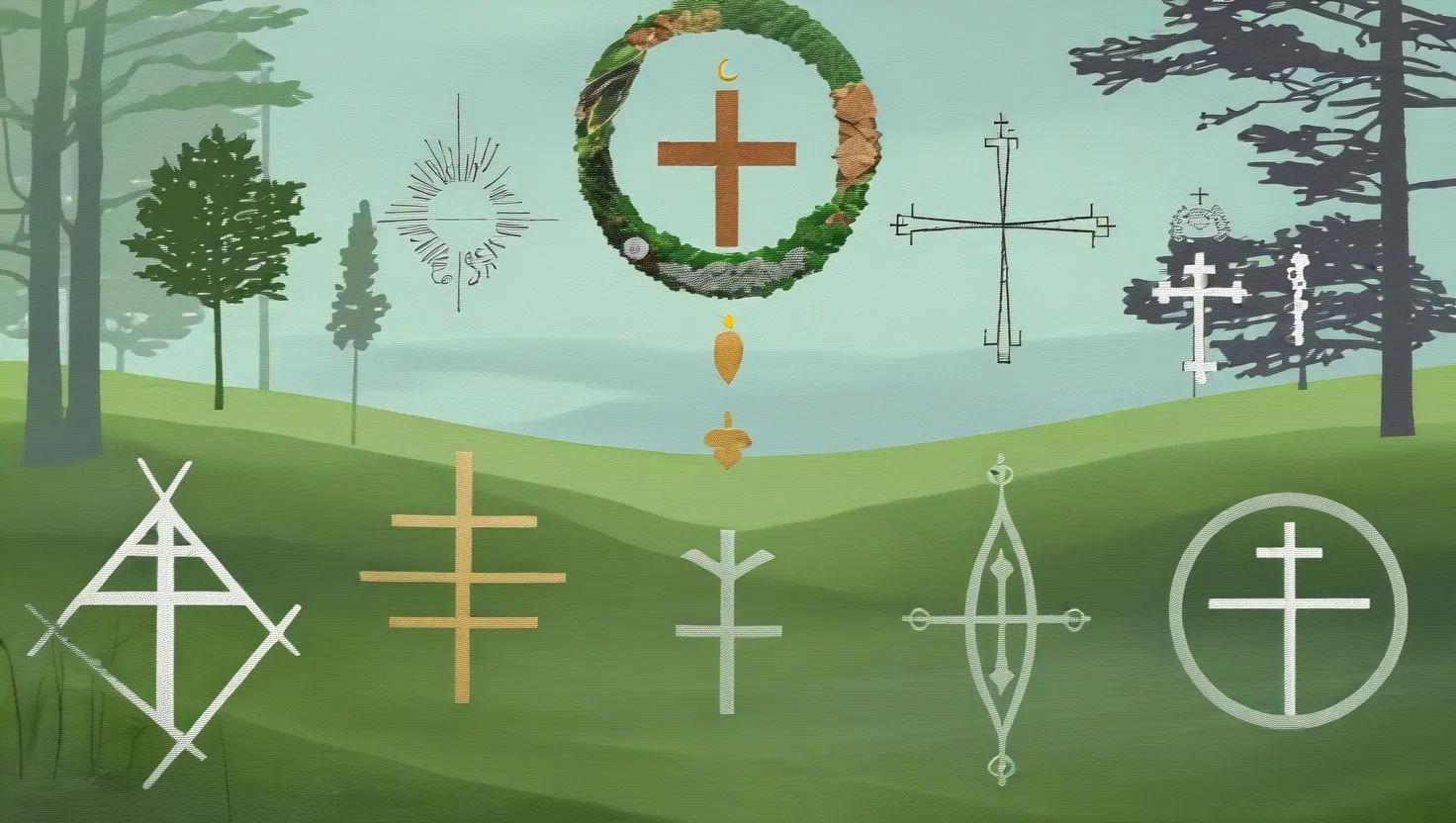
Spiritual Stewardship: How World Religions Inspire Environmental Protection
Explore how major religions approach environmental stewardship. Discover faith-based perspectives on sustainability and our responsibility to protect the Earth. Learn to act mindfully.

Ancient Rituals in Modern Life: 5 Timeless Practices Shaping Our World Today
Discover how ancient religious rituals shape modern society. Explore baptism, Namaste, smudging, Zakat, and meditation's impact on community, wellness, and social responsibility. Learn more!
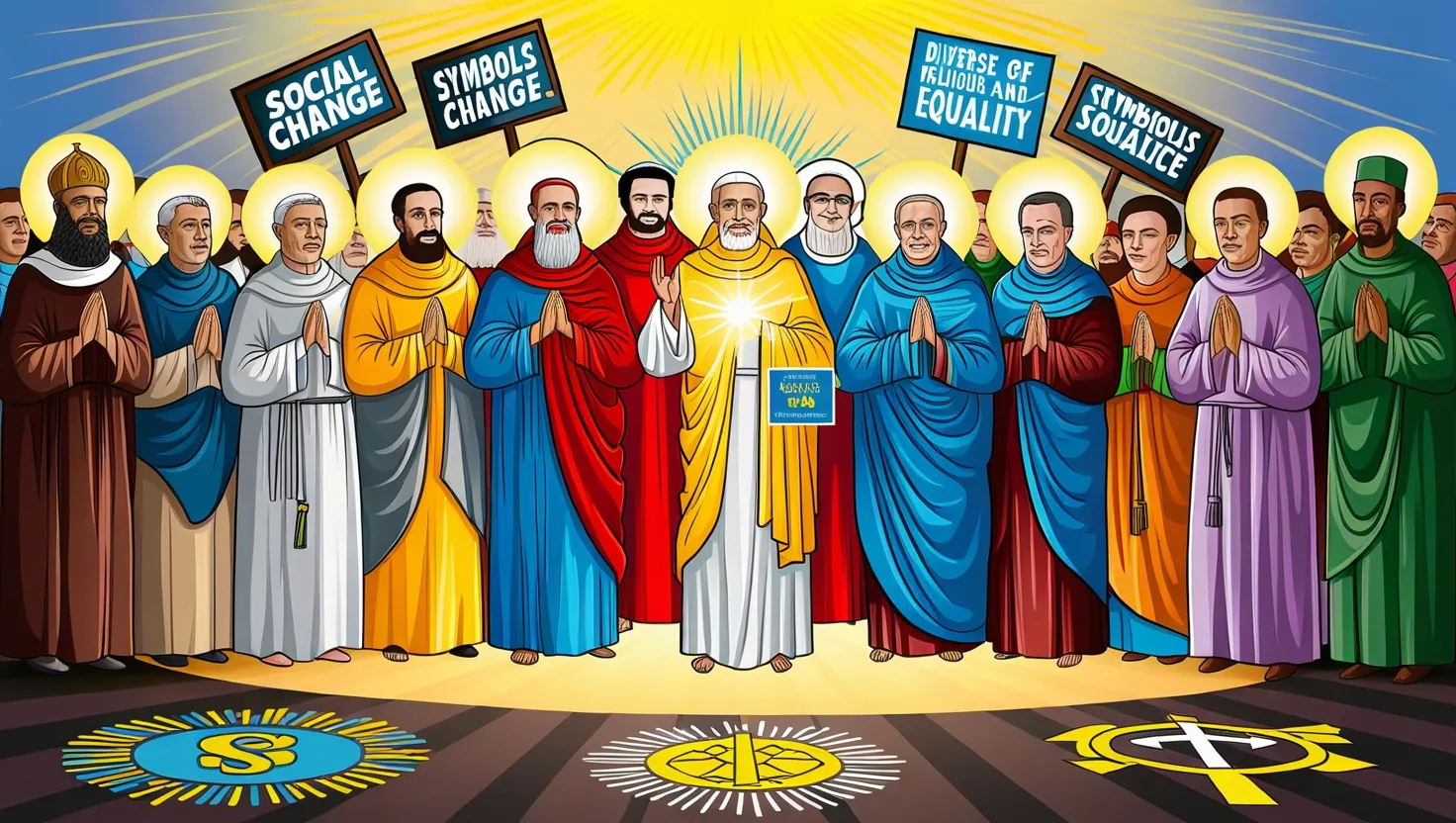
Religious Revolutionaries: How Faith Leaders Shaped Social Change
Discover how religious figures throughout history challenged social norms and sparked profound change. Explore the impact of Jesus, Buddha, Muhammad, and others on equality and justice. Read now.

Religious Dietary Laws: Shaping Global Food Culture and Markets
Explore the profound impact of religious dietary laws on global food cultures and markets. Discover how spiritual beliefs shape culinary traditions and influence consumer choices. Learn more!

Sacred Texts in Literature: 5 Ancient Scriptures that Shaped World Writing
Explore the profound impact of sacred texts on world literature. Discover how the Bible, Quran, Bhagavad Gita, Tao Te Ching, and Torah have shaped literary works across cultures and generations. Learn more.
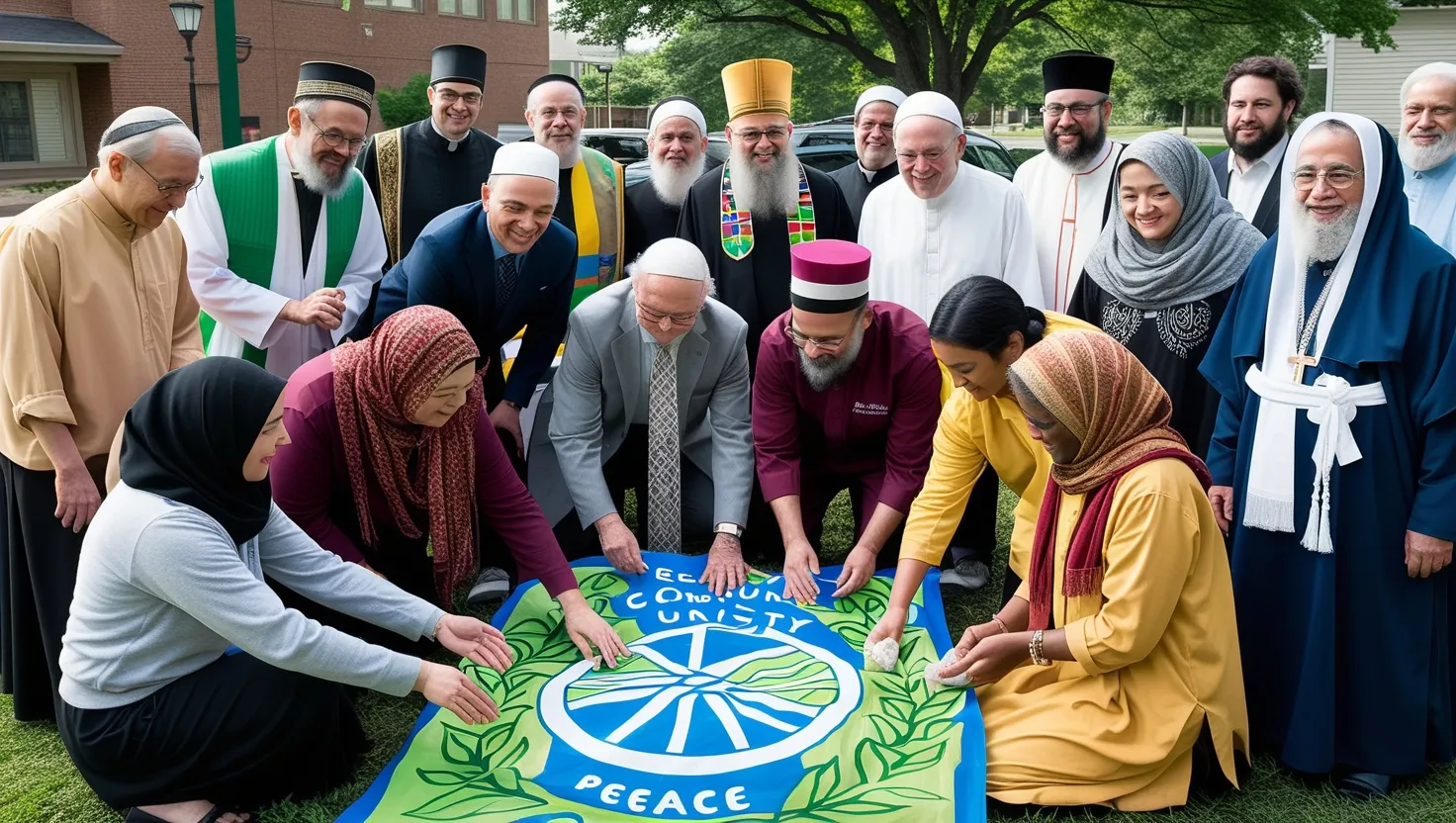
7 Essential Principles for Fostering Interfaith Harmony in a Diverse World
Discover the power of interfaith harmony in building a peaceful global community. Learn key principles for fostering understanding, respect, and unity across diverse faiths. Join the journey to a harmonious world.
